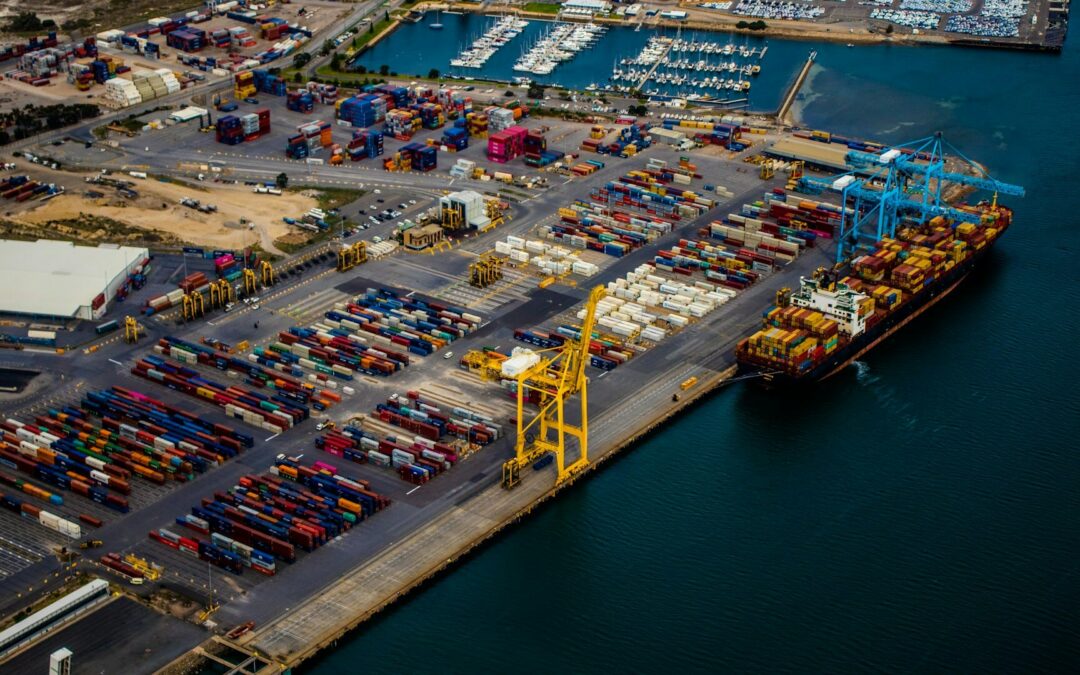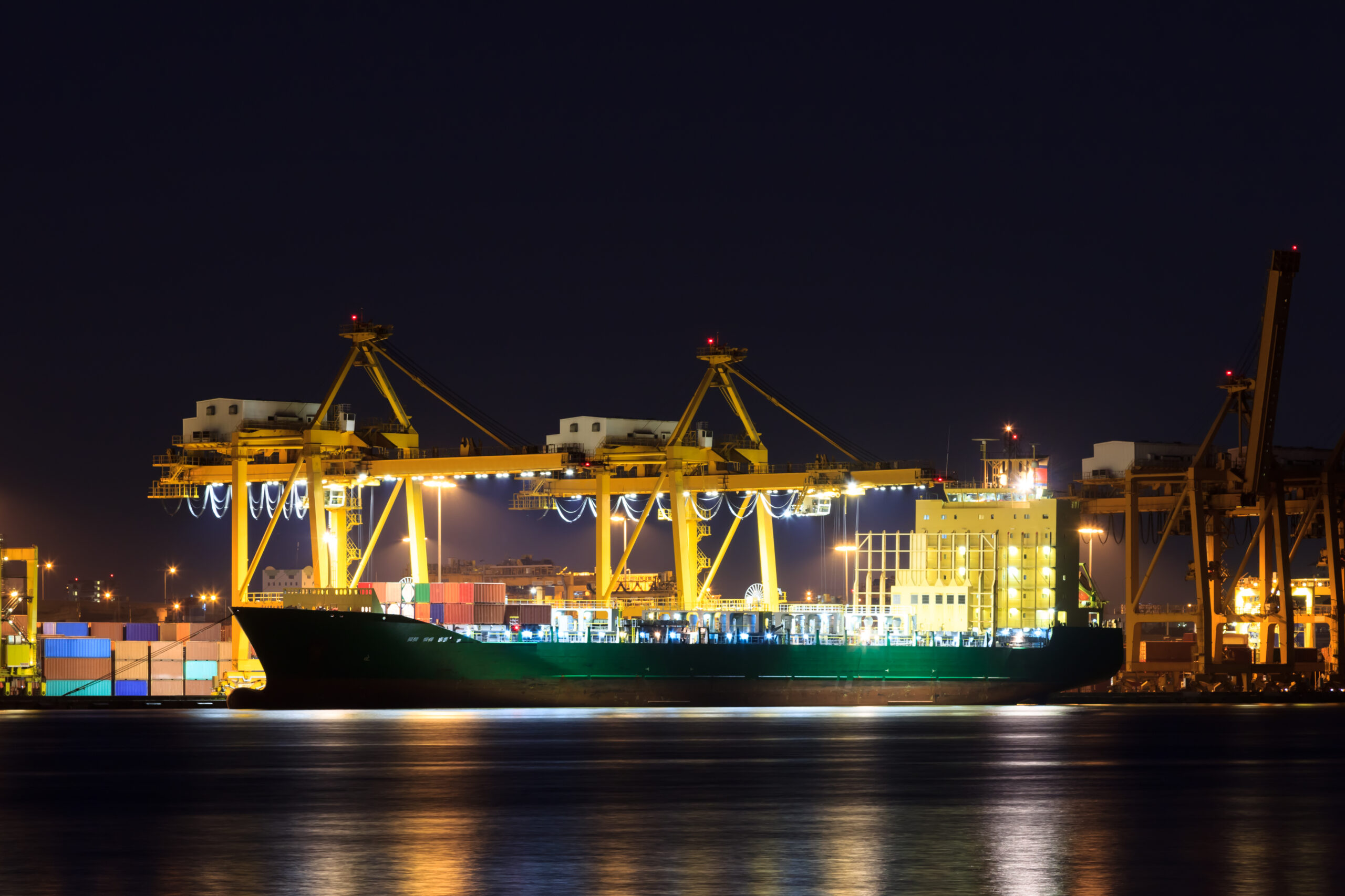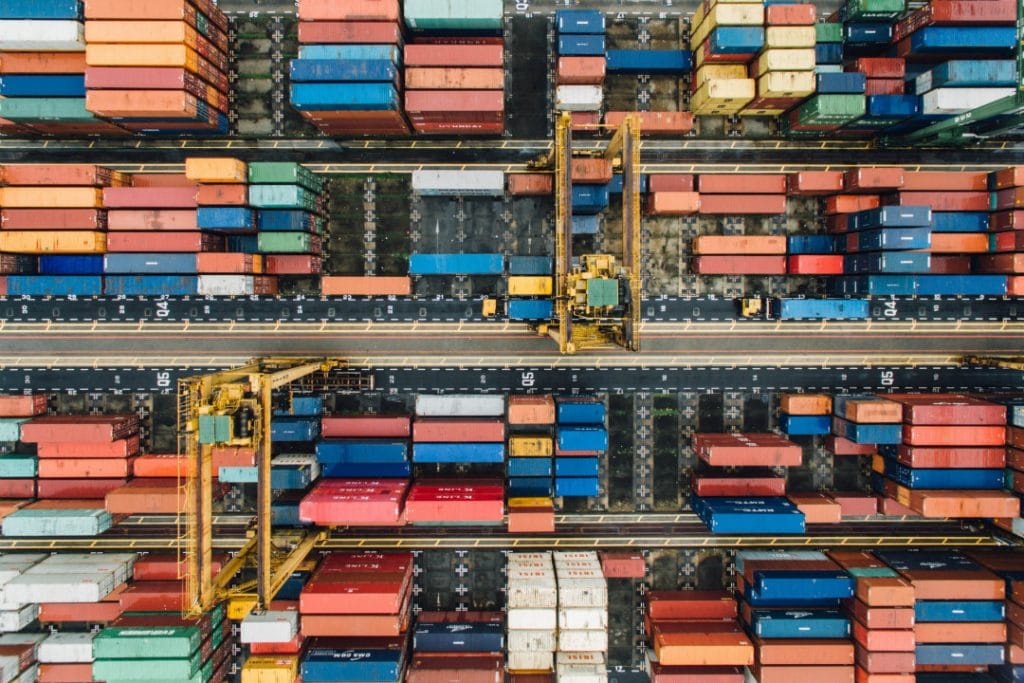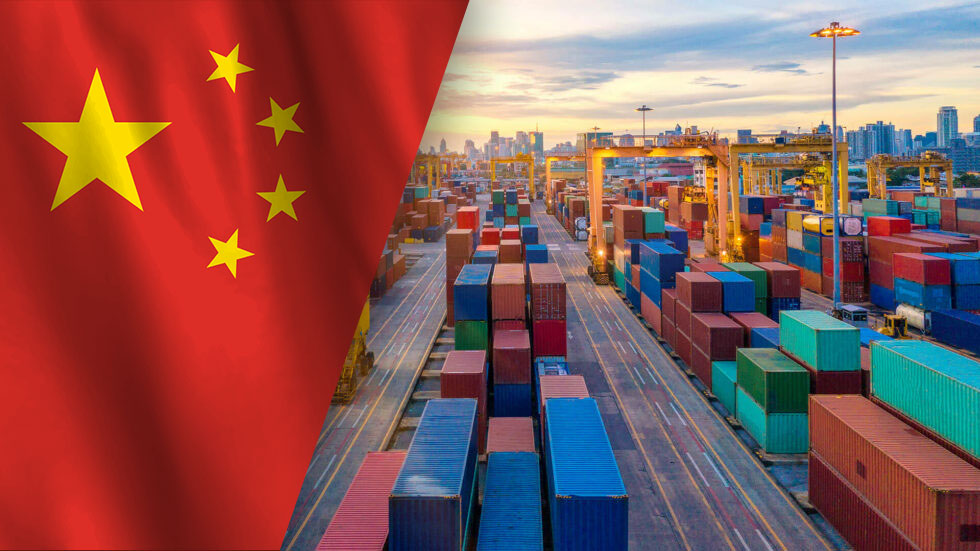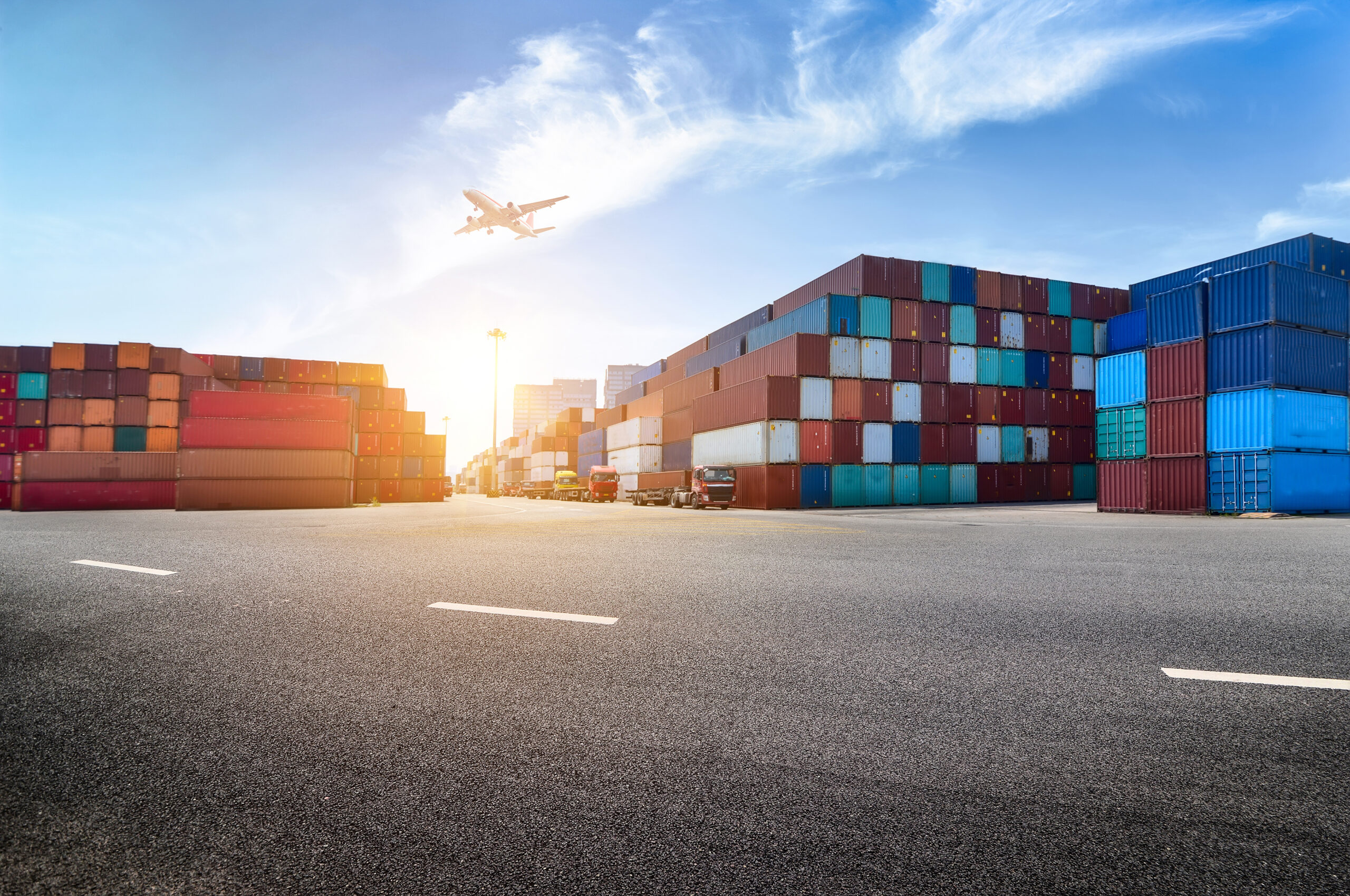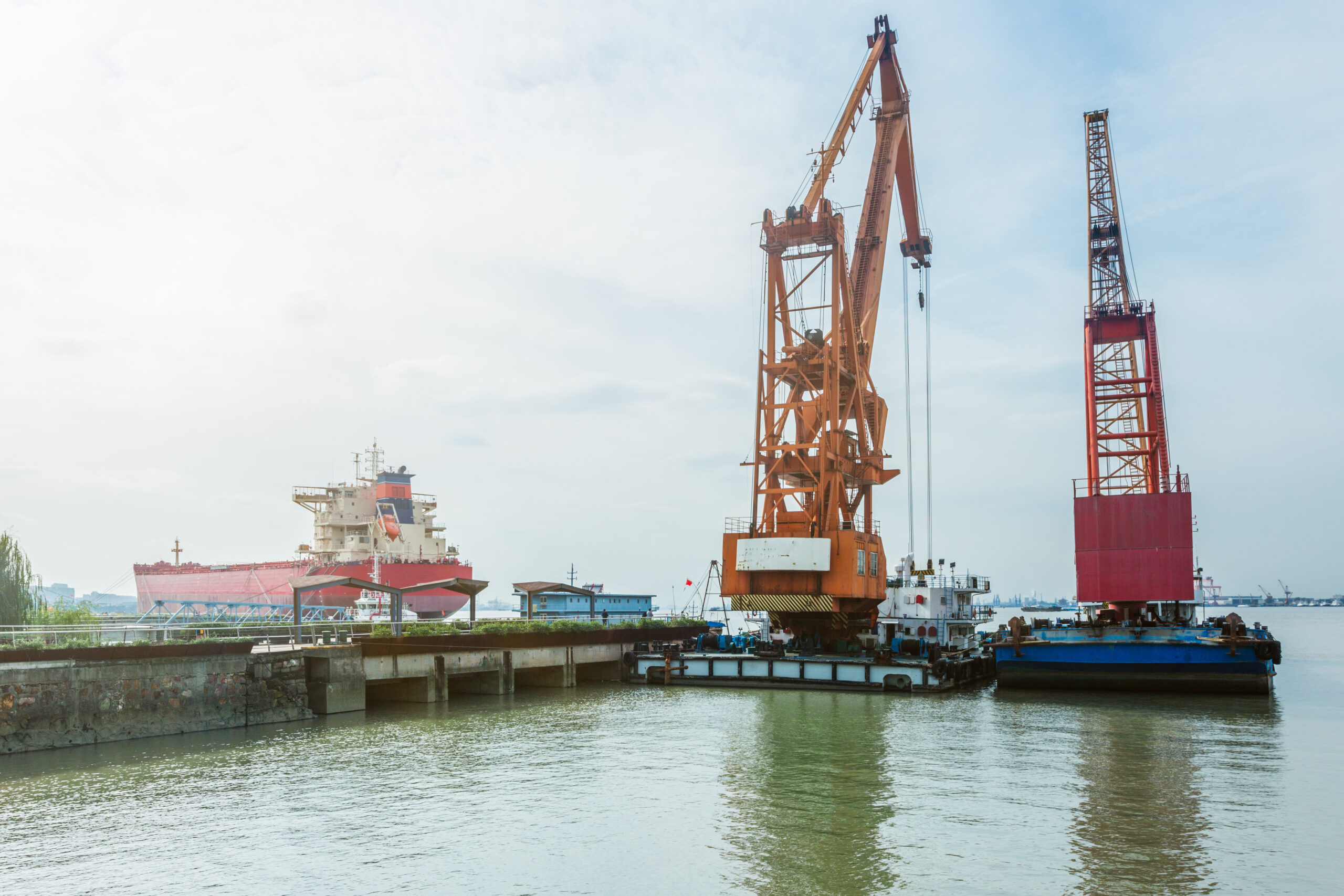This week:
- Despite challenges from politics and logistics, US retailers expect to import more in early 2024.
- The Port of Savannah experiences a surge in intermodal freight activities, highlighting strong and uninterrupted goods flow to the US East Coast.
- A $1.4 billion infrastructure investment at the Port of Virginia sets the stage for enhanced maritime logistics and accommodation of ultra-large container vessels.
- Container shipping lines on the India-US trade routes reassess their rate increase strategies in response to diminishing demand surges and Red Sea disruptions.
- The maritime industry faces its first fatal Houthi attack on a commercial vessel in the Red Sea, leading to significant route diversions and a spike in global container spot rates.
Optimism in US Import Projections Amid Global Shipping Disruptions
US retailers have upgraded their import forecasts for early 2024. For example, the Global Port Tracker’s March release, by the NRF and Hackett Associates, predicts a 7.8% rise in US imports for this period.
This change comes even as retailers actively tackle geopolitical and logistical hurdles. These include Houthi militant attacks, which are forcing costly and lengthy shipping detours around Africa. Therefore it’s clear the sector sees these issues as surmountable rather than catastrophic.
The optimism extends to specific monthly import forecasts through June, with notable increases in expected growth rates. This positive outlook is partly due to the low base effect from the first half of 2023. Then, imports had fallen from the pandemic-driven peaks of the previous years.
Furthermore, the initial forecast for July suggests a 3.8% year-on-year increase in imports. This reflects confidence in sustained consumer demand. It also shows effective mitigation of inflationary pressures from higher transportation costs.
Subscribe to JMR’s Weekly Supply Chain Roundup!
Stay informed with the latest supply chain news, trends, and insights. Get it delivered directly to your inbox every week.
Considerable Growth in Intermodal Shipments at Savannah Port
In the first months of the year, the Port of Savannah saw a notable surge in intermodal freight. Activities were up 40% in February compared to the year before.
This data shows that the flow of goods to the US East Coast through Savannah is strong and uninterrupted.
We have seen significant growth in intermodal shipments. They are going to key destinations like Atlanta, Memphis, Nashville, and the inland port in northwest Georgia. Specifically, Savannah to Atlanta shipments have risen nearly 40%, with around 20,000 containers moved in the first two months of 2024. The traffic to Memphis and Nashville also grew by over 20%, driven largely by exports from Memphis.
In 2023, Savannah dispatched nearly 105,000 pier containers to Atlanta and about 40,000 each to Memphis and Nashville. Moreover, nearly 50,000 loaded export containers traveled from Memphis to Savannah. With these trends, the port is on track to exceed these numbers in 2024. The share of cargo leaving by rail has also increased, indicating a growing preference for this transport mode.
Port of Virginia’s Strategic Advancements
The Port of Virginia is poised to transform its cargo operations through a substantial $1.4 billion infusion into infrastructure developments. At the heart of this initiative is the significant expansion of its shipping channel, setting the stage for a new era in maritime logistics.
This strategic development now allows two-way traffic for the largest container ships. It will greatly increase the port’s efficiency. The newly widened channel is designed to accommodate the increasing size of ocean carriers’ fleets. This includes the addition of more ultra-large container vessels (ULCVs).
This initiative is part of the vast Gateway Investment Program, which also includes six other major projects. CEO Stephen Edwards highlighted that the port now faces no constraints in terms of channel width, overhead drafts, capacity, or cargo infrastructure.
The trend towards larger container vessels on the East Coast accelerated following the Panama Canal’s expansion in 2016. The expansion enabled access previously restricted to West Coast ports.
In response to shifts in shipping routes and growing regional demand, the Port of Virginia reported processing 3.3 million TEUs in 2023. This is a significant increase from 2.9 million TEUs in 2019. It reflects the strategic redirection of cargo to the East Coast, away from the uncertainties of labor negotiations at West Coast ports and towards the emerging East Coast consumer market.
Adjustments in India-US Container Shipping Rates Amid Shifting Demand
Container shipping lines operating between India and the US are reassessing their rate increase strategies for March. This is because the demand surge that previously justified rate hikes is beginning to wane.
Major carriers have postponed their planned rate increases to later in the month, indicating caution in response to changing market conditions.
Despite planning to raise rates, there’s a lack of confirmation for such hikes from other key market players. This includes Maersk, which has moved its proposed rate increase to April. This hesitation is seen in other operators like Ocean Network Express (ONE), Cosco Shipping, and OOCL. None of them have told forwarders or shippers about coming March rate rises. This situation has led to lower prices since the end of February due to a drop in bookings. Different carriers are quoting very different rates.
Current spot rates for the India-US East Coast route have changed slightly in March. Despite these adjustments, overall ocean rates to North America are facing downward pressure.
With MSC and ONE planning to reintroduce services and new routes, a further reduction in rates could be on the horizon.
Maritime Shipping Dynamics Amid Red Sea Tensions
The maritime industry witnessed its first fatal attack by Houthi forces on a commercial vessel in the Red Sea earlier this week. This led to three casualties and prompted major shipping companies to reroute their vessels around the Cape of Good Hope.
As a direct consequence, global container spot rates have skyrocketed by over 200% within weeks, surpassing the rates seen for most of 2023. This spike in rates is largely attributed to the uncertainty surrounding the attacks.
The diversion around the Cape has significantly extended transit times. For example, the journey from China to the Netherlands now takes 47.2 days on average, a 39% increase since the onset of the Red Sea conflicts. This lengthening affects the repositioning of shipping capacities. It also forces European importers to take earlier shipping actions to avoid more delays.
